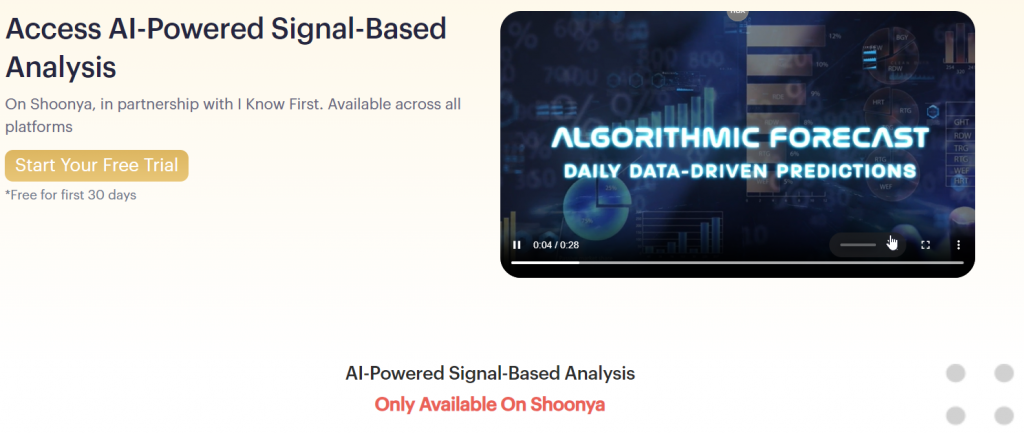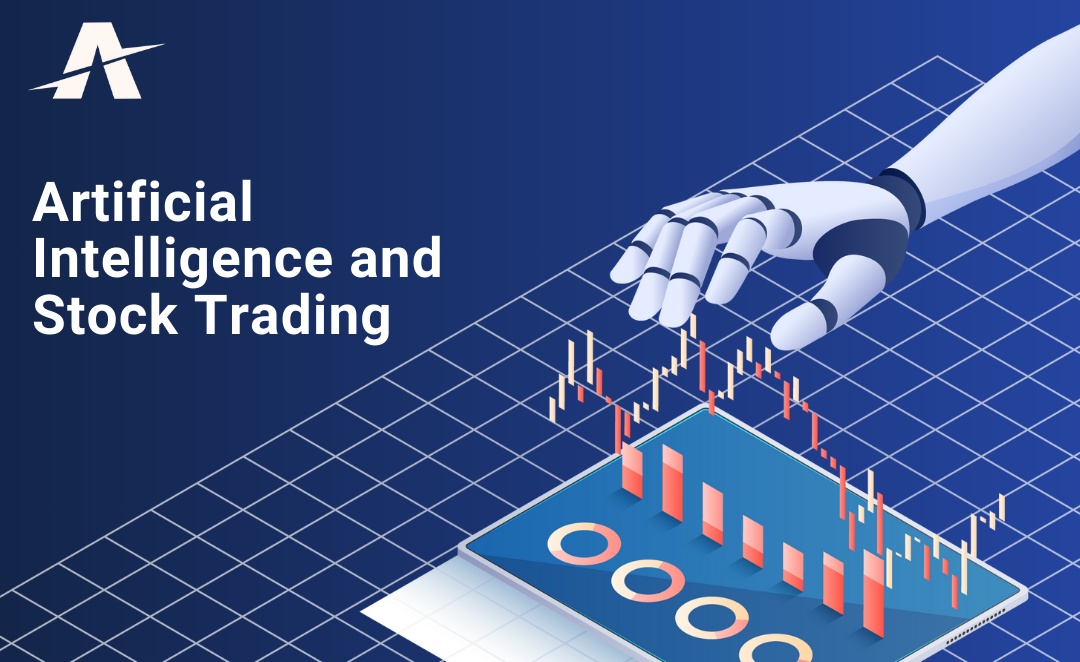20 Recommended Suggestions For Deciding On AI Stock {Investing|Trading|Prediction|Analysis) Websites
Top 10 Ways To Assess The Market Coverage Provided By Ai-Powered Stock Predicting/Analyzing PlatformsMarket coverage is an essential element to take into consideration when evaluating AI stock predicting/analyzing trading platforms which determines the breadth and depth of markets and assets which you have access to. Market coverage is essential because it allows you to diversify, discover global markets and to adapt to different strategies for trading. These are the 10 best strategies for evaluating the market coverage provided by these platforms.
1. Evaluate Supported Asset Classes
Stocks - Make sure the platform is able to include major stock markets (e.g. NYSE NASDAQ LSE HKEX) as well as includes small-caps, mid-caps and large-caps.
ETFs Make sure the platform lets you choose from a large number of ETFs that can provide you with a variety of exposure.
Options and futures. Check to see whether your platform has derivatives such as futures, options or other instruments leveraged.
Commodities and forex: Check whether your platform has commodities and forex, precious metals, and energy commodities.
Cryptocurrencies - Check to see whether your platform is compatible with major cryptocurrencies like Bitcoin, Ethereum and altcoins.
2. Check for Geographic Coverage
Global markets. Make sure your platform is able to cover the largest market in the world, such as North America Europe Asia-Pacific and emerging markets.
Regional focus Verify that the platform has a focus on certain regions or markets which coincide with your trading interests.
Local exchanges. Check whether the platform supports regional or local exchanges pertinent to your area or business plan.
3. Assessment Real-time against. delayed data
Real-time information - Make sure the platform provides real-time market information to help you make timely choices, especially for active traders.
Data delayed: Find out if you can get delayed data for no cost, or at a discounted cost. This might be enough for long-term investors.
Latency of data. Examine whether the platform is able to minimize the delay for feeds of information that are real-time particularly for high-frequency trading.
4. Evaluation of Data from the Past
Depth and breadth of data from the past: Make sure that your platform is equipped with extensive historical data (e.g. for at least 10 years) to permit backtesting.
Check the granularity of data from the past.
Corporate actions: Verify whether the historical data is accounted for by stock splits, dividends, and other corporate actions.
5. Make sure to check the market depth and place an order Books
Level 2 data: Check that the platform contains Level 2 data for price discovery and improved execution.
Check to see if your platform is displaying live price spreads.
Volume data - Determine if the platform contains detailed volume information for analyzing the market's activity and liquidity.
6. Review the coverage of Indices Sectors
Major indices - Make sure your platform works with major indices like S&P 500 and FTSE 100 to benchmark.
Data specific to a sector to provide targeted analysis, make sure the platform has information on a specific sector (e.g. healthcare, technology, or energy).
Customized indices. Verify that the platform supports creating and tracking custom indices according to your requirements.
7. Test the integration of News and Sentiment Data
News feeds - Make sure your platform includes the most up-to-date market-driven news feeds (e.g. Bloomberg, Reuters).
Use the tool's sentiment analysis based on data from news, social media or any other source.
Event-driven trades: Verify the platform's capabilities to support trading based on events (e.g. reports on economic data earnings announcements, etc.).
8. Check for Multi-Market Capabilities for Trading
Cross-market Trading: Make sure that the platform allows you to trade across multiple markets and asset classes from an integrated interface.
Currency conversion: Check whether the platform offers multi-currency and automatic conversion of currencies for international trade.
Support for different time zones It is important to ensure that the platform allows trading globally on markets across different time zones.
9. Assess Coverage of Alternative Data Sources
Alternative data: Check whether the platform is able to integrate other data sources (e.g. satellite imagery credit card transactions) for unique insights.
ESG data: Determine whether the platform offers environmental governance, social and (ESG), data to support socially responsible investments.
Macroeconomic data: Ensure that the platform offers macroeconomic indicators to conduct fundamental analysis (e.g. GDP, inflation rates, rate of interest).
Examine the Feedback of Users and Market Reputation
User reviews: Research user feedback to gauge the coverage of the platform's market and quality of service.
Industry reputation Know whether there are awards or experts who recognize the platform for its broad coverage of markets.
Case studies: Search for reviews or case studies that demonstrate the platform's performance in particular markets or asset classes.
Bonus Tips
Free trial period: Test the market coverage of the platform and its data quality with the demo or trial for free.
API access: Ensure that the API is available on the platform that permits you to programmatically access market data to perform custom analysis.
Customer support. Make sure that the platform provides assistance for data or market related questions.
Use these guidelines to assess the market coverage provided by AI stock trading platforms. Select a platform that offers access to the market, data, and tools you require to be successful in trading. Market coverage is crucial for diversifying portfolios, identifying new opportunities and adapt to market conditions. Have a look at the top rated home page about best ai trading software for site info including stocks ai, investing ai, ai investment app, stock analysis tool, copyright advisor, incite ai, ai copyright trading bot, ai investment advisor, invest ai, stock ai and more.

Top 10 Tips To Evaluate The Educational Resources Of Ai Stock Analyzing/Predicting Trading Platforms
It is essential for customers to review the educational tools offered by AI-driven trading and stock prediction platforms to understand how to utilize the platform efficiently, understand the results and make informed choices. These are the top 10 ways to determine the quality and usefulness of these sources:
1. The most comprehensive tutorials and guides
Tip: See whether there are user guides or tutorials for both beginners and advanced users.
What's the reason? Clear instructions help users to be able to navigate through the platform.
2. Webinars as well as Video Demos
Find video demonstrations online, webinars and live training sessions.
Why: Interactive and visual content aids in understanding difficult concepts.
3. Glossary
Tip: Ensure the platform provides the glossary or definitions of important financial and AI-related terms.
Why? This will help users, particularly beginners to grasp the terminology used in the application.
4. Case Studies and Real-World Examples
Tips: Find out if the platform offers case studies, or real-world examples of how AI models are used.
Experiments can be used to illustrate the platform’s effectiveness and allow users to interact with its applications.
5. Interactive Learning Tools
Explore interactive tools, including simulators, quizzes, or Sandboxes.
Why Interactive tools are a great way to learn and test your knowledge without risking cash.
6. Content is regularly updated
Tip: Check whether educational materials reflect any modifications to the market, regulations or any new features.
Why: Outdated or inaccurate information can lead to miscommunications and possibly incorrect use of an application.
7. Community Forums and Support
Tip: Look for active forums for community members or support groups where users can post questions and exchange ideas.
The reason is peer assistance, expert advice and support from peers can help improve learning.
8. Certification or Accreditation Programs
Tips: Ensure that the website you're considering provides courses or certificates.
The reason: Recognition of formal education can boost credibility and motivate users.
9. Accessibility and User-Friendliness
Tip: Assess how accessible and user-friendly the educational resources are.
Why? Users can learn at their pace and convenience.
10. Feedback Mechanisms for Educational Content
Tips - Make sure you can provide your feedback to the platform regarding the educational material.
Why: User Feedback aids in improving the relevancy and quality of the resources.
Tips for learning: Make use of different formats for learning
The platform should provide a wide range of options for learning (e.g. audio, video and texts) to meet the needs of all learners.
If you take the time to carefully analyze all of these aspects, you will be able to assess whether or not the AI-based stock prediction and trading system has powerful tools to educate you that can assist you in maximizing its potential and make informed decisions about trading. Have a look at the recommended homepage about trader ai review for site info including ai trading tools, free ai tool for stock market india, ai chart analysis, ai investing app, stocks ai, ai trade, best ai etf, ai for investing, ai investing app, investment ai and more.
